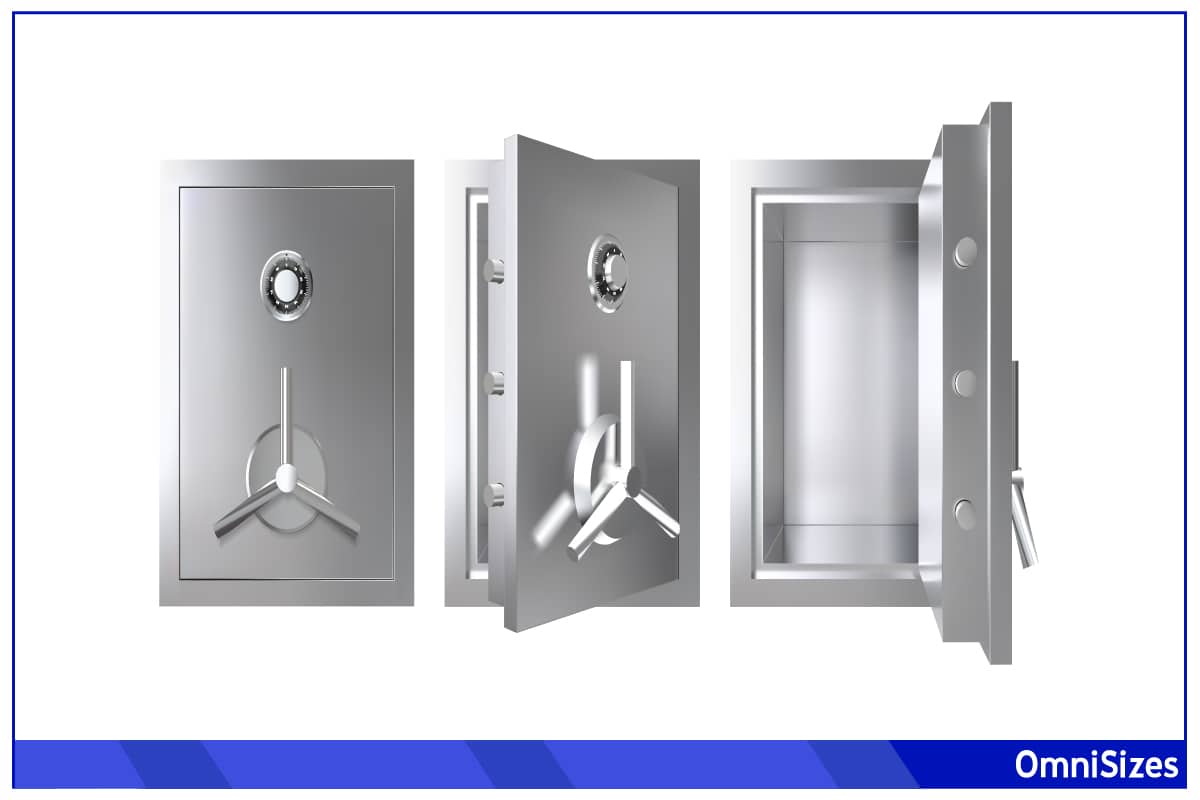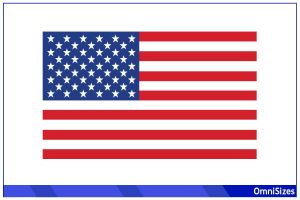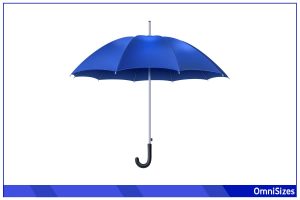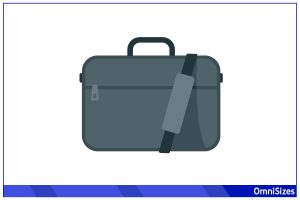Are you trying to keep valuables safe? You’re not alone, and you’re probably worried about someone burglarizing your home and stealing your prized possessions. Luckily, there’s a solution for this: safe deposit boxes. The only thing is, are safe deposit boxes large enough to house your belongings?
The size of a safe deposit boxes varies between banks. Common sizes (W × H × D) include:
- 3 × 5 × 22 inches
- 5 × 10 × 22 inches
- 10 × 10 × 22 inches
- 10 × 15 × 22 inches
The monthly or annual fee for renting a safe deposit box depends on the size and institution.
There’s quite a lot to unpack here, so this guide will explain safe deposit boxes in greater detail before describing common sizes and service costs.
What Is a Safe Deposit Box?
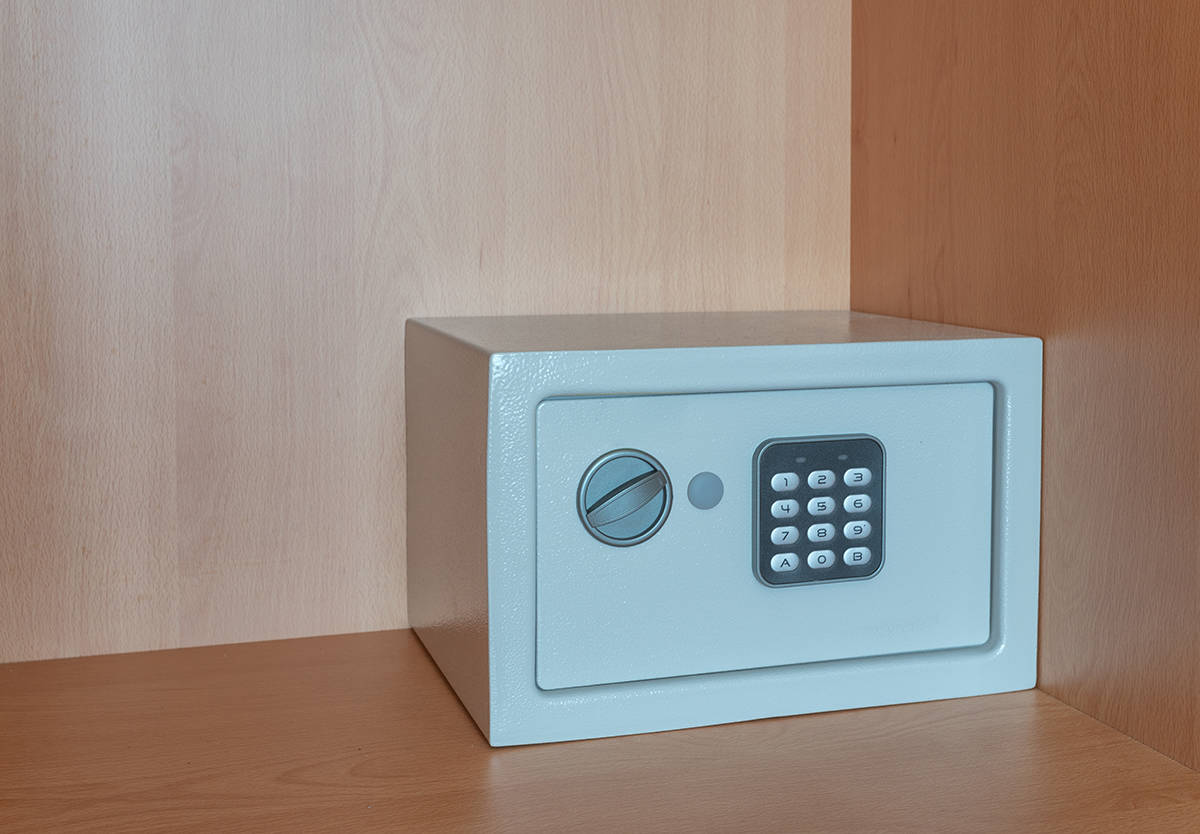
So, you have priceless belongings that you want to keep protected at all costs. With a burglary instance occurring once every 15 seconds in the US, it might be safer to keep your valuables somewhere safer. This is where safe deposit boxes come into play.
A safe deposit box is a sturdy, personal locker for important documents and prized possessions. Banks and private security firms offer this service. If you rent a safe deposit box, only you and the institution have the key to open the box to retrieve your belongings.
Why Use a Safe Deposit Box?
There are several reasons why someone would go out of their way to keep their belongings in the hands of a third party.
- Security: The main reason for renting a safe deposit box is security. Bank and security firms have all sorts of systems in place that the average person doesn’t. We’re talking alarms, cameras, and biometric access controls. Plus, these deposit boxes are kept out of the public eye.
- Privacy: Do you have important documents that could break your legacy if they land in the wrong person’s hands? Whatever you keep in a safe deposit box, only you, the security firm, and anyone else you grant access to will know what and where it is.
- Protection from Disasters: If you thought burglaries were the worst things to happen, think again. Living in areas that are prone to natural disasters—e.g., floods and forest fires—can leave your prized possession vulnerable to damage or loss. Safe deposit boxes usually have all sorts of element-proofing systems to keep your things safe, even in the event of major catastrophes.
What Can You Store in a Safe Deposit Box?
So, what can you put in the safe deposit box? It may vary from institution to institution, but this is the general gist:
- Documents: Birth certificates, property deeds, car titles, and marriage certificates are perfect for safe deposit boxes. Some people may also store rare stamps, bonds, and stock certificates for safekeeping.
- Valuables: Jewelry, collectible coins, and even small family heirlooms can be kept safe. However, rare valuables you plan on using frequently are probably best kept somewhere more accessible.
- Irreplaceable Items: Photos, small keepsakes, and other irreplaceable items are often stored for their sentimental value.
How to Access Your Safe Deposit Box
Remember, safe deposit boxes are there to keep your valuables safe. This means that access to them is restricted only to allowed parties, which includes the renter, anyone who was given access by the renter, and the security firm.
To access the box, you typically need two keys. One is in your possession, while the other belongs to the security firm. For added security, you may need to go through a long ID-ing process, which involves scanners.
Note banks and security firms may not always be open. So, you can usually only access the safe deposit box during normal business hours or if you made an appointment ahead of time.
Safe Deposit Box Sizes
Safe deposit box sizes really do matter, especially if you’re trying to keep your belongings intact. These secure storage options are available in a wide range of sizes, from tiny lockers for jewelry to large ones for artwork.
Small Boxes (around 3 × 5 × 22 inches)
Perfect for storing small, valuable items like jewelry, a couple of important documents, or a USB drive with crucial data. They’re a good starting point if you’re new to using safe deposit boxes.
Medium Boxes (around 5 × 10 × 22 inches)
These are great for storing large documents, like property deeds or marriage certificates, without folding them. They can also hold small collectibles and a moderate amount of jewelry.
Large Boxes (around 10 × 15 × 22 inches)
Ideal for storing larger items, such as art pieces, large family photo albums, or extensive document collections. These are the go-to for those who need a lot of storage space.
How Much Does a Safe Deposit Box Cost?
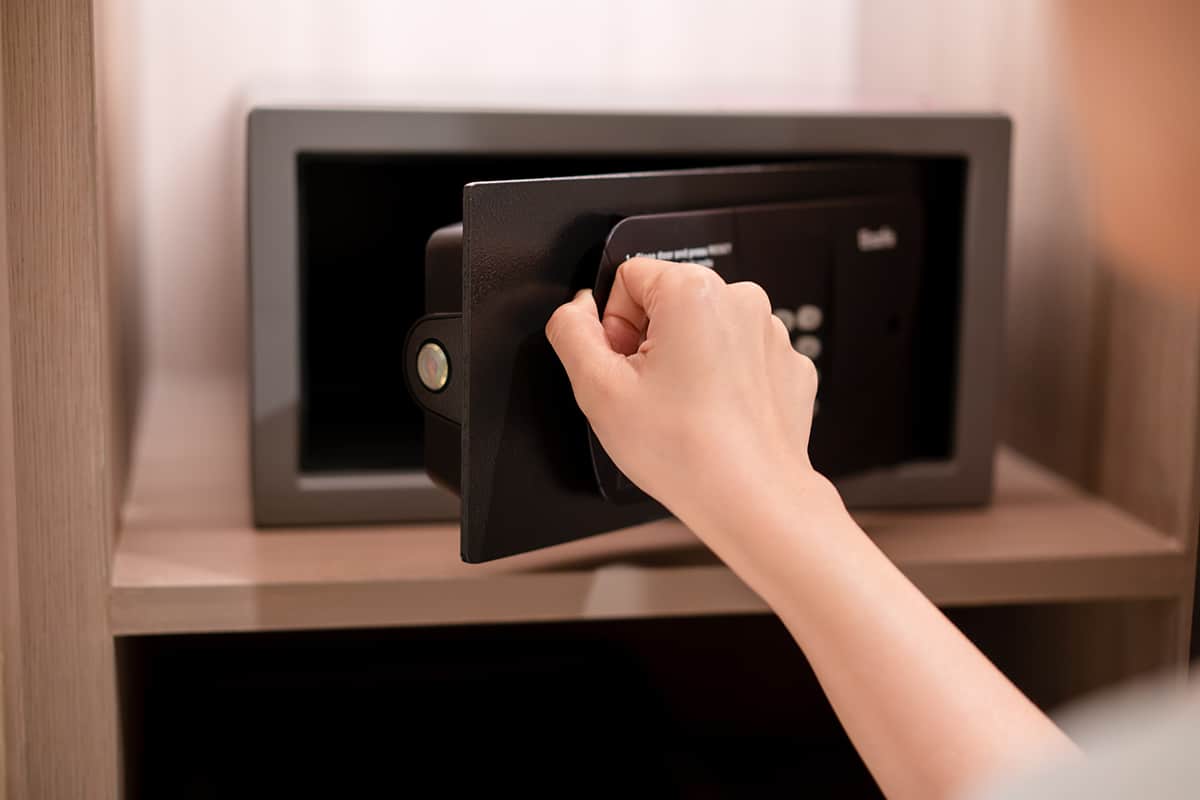
So, you’re thinking about getting a safe deposit box? Let’s talk about what it might cost you. The price can vary a lot depending on the size of the box and where you’re renting it from.
General Rental Fees
The cost of renting a safe deposit box can range quite a bit. For a small box, you might pay anywhere from $20 to $80 per year. If you need a bigger box, it could cost you anywhere from $80 to over $200 annually. These prices can change based on the bank or security firm. Some banks and security firms offer the option to pay monthly, but annual payments are more common.
Additional Costs
Keep an eye out for extra fees. Some places charge for lost key replacement or if you need to drill the lock (in case you lose both keys). There might also be late fees if you miss a payment.
What Happens If You Don’t Pay
When you rent a safe deposit box, make sure to read the rental agreement carefully. It will explain all the intricacies of the service, as well as what will happen if you fail to make payments.
What happens to your belongings depends on the agreement. The security firm will usually attempt to notify you of delinquent payments. After that, they may claim ownership of your belongings until you settle the bill and late fees.
